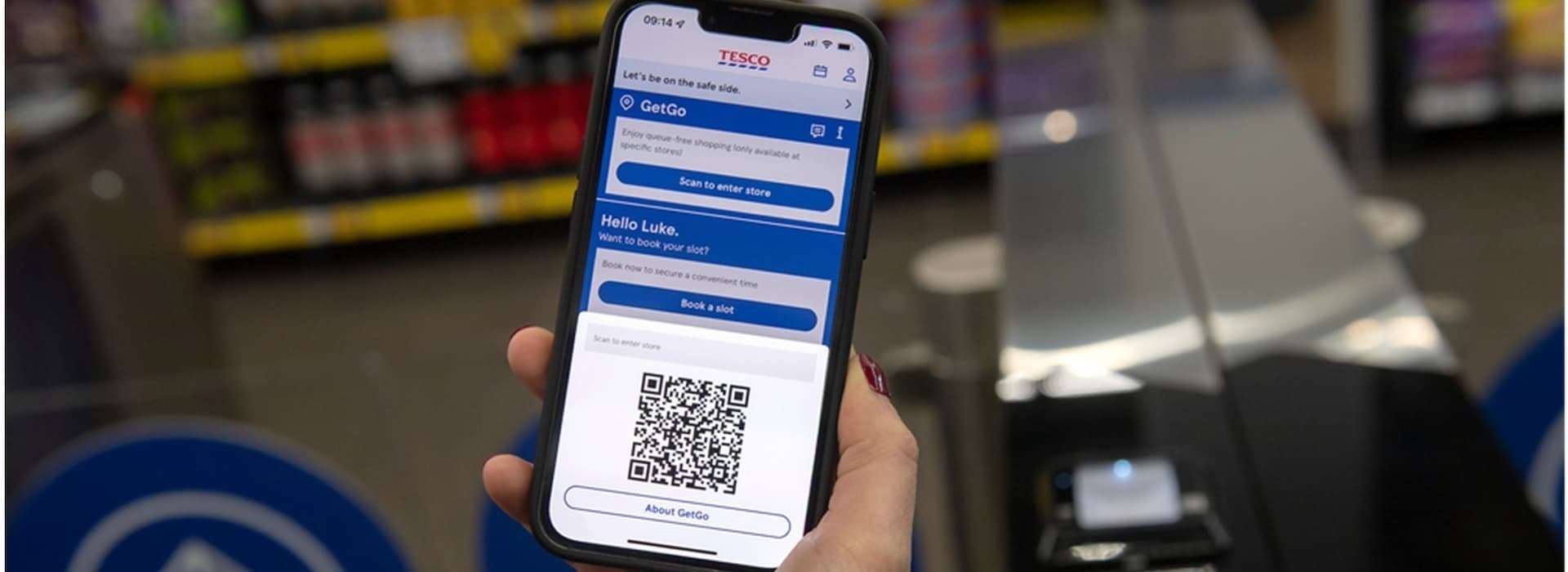Four retail technology predictions for 2021
Nikki Baird (VP of Retail Innovation at Aptos) says these four retail trends were already on the rise pre-Covid-19, and now the pandemic will accelerate their adoption in 2021.
Sustainable brands will be the ones that win consumer loyalty
Environmental and eco-friendly awareness was trending prior to Covid-19, with retailers and brands rushing to introduce exciting new product lines, partnerships, and initiatives to showcase their sustainability commitments.
During lockdown, the world saw the direct impact that reduced human activity had on the planet – a realisation that will encourage even more individuals toward the practice of mindful consumerism in the year ahead.
Coupled with the devastating effects of drought, fire, and powerful storms, environmental awareness and sustainability will continue to be top concerns for a growing segment of the population.
As we move into 2021, expect to see more consumers show their affinity for brands that prioritise environmental concerns.
Fashion moves out of the fast lane; 2021 makes way for ‘slow fashion’
While fast fashion has dominated in years past, disruptions to the supply chain, Millennial and Centennial buying behavior, and an overall increase in mindful consumerism will accelerate demand for slow fashion.
This includes a preference for “timeless” pieces, fashion that transcends seasons, and fashion that can serve multiple functions (home comfort, work, and after-work wear, for when we can get back to in-person gatherings).
In 2021, we’ll see the full impact of the “slow fashion” trend taking place. The result will be pared-down inventories, product assortments that are narrower than before, and fewer collections, with more collections that are “season-less.”
Retailers seek greater diversification in 2021
Brands that are too narrowly focused – or found themselves only in the “discretionary” or nonessential category of consumer spending during the pandemic – will seek increased diversification across multiple dimensions in 2021
“Covid-19 has forced retailers to rapidly transform to adapt to a new, digital first world. Rather than backing off on IT spend in 2021, retailers will keep digital transformation at the top of the agenda – in some cases even doubling down on their investments”
It’s not enough to sell products; retailers also need to deliver services that become more essential to consumers – services that either enable the products consumers buy or enable the lifestyle that the products promise.
Retailers also seek to diversify their categories of goods. This accelerates a trend that was happening pre-pandemic, with blurring of retail verticals. An example of this would-be grocery stores that sell their own clothing brands.
Finally, with China in particular on the rebound from the pandemic, Western interest in diversifying geographically – especially in China, already a long-established priority region – is on the rise.
This creates new challenges and complexities for retailers as they seek to diversify both business models and geographies at the same time.
With disruption as the ‘new normal’, digital transformation is the number one priority
Covid-19 has forced retailers to rapidly transform to adapt to a new, digital first world.
Rather than backing off on IT spend in 2021, retailers will keep digital transformation at the top of the agenda – in some cases even doubling down on their investments.
As part of their digital transformation efforts, many retailers will be rethinking the ways they sell. Livestreaming, pop-up shops, rentals, and subscription services will be among the options that will be explored.
Omnichannel – the creation of seamless experiences as consumers cross channels and touchpoints – will be a high priority, though toward the end of the year we expect retailers will shift their focus from providing seamless experiences toward providing profitable ones.
In 2021, retailers will be looking for ways to create enterprises built for change that will help them withstand future disruptions.










